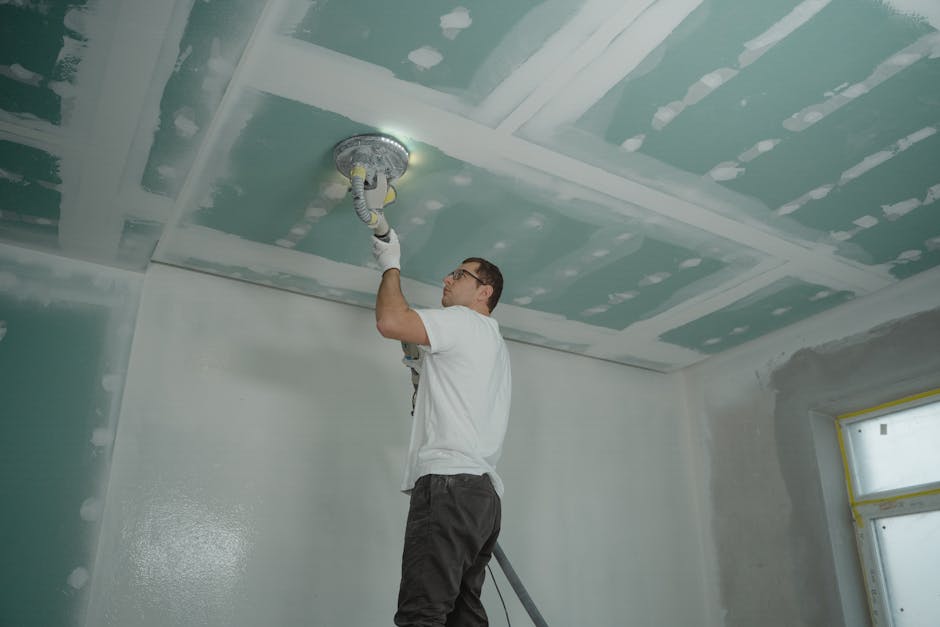Energy-Efficient Electrical Upgrades for Your Home

Energy efficiency is a critical consideration for homeowners looking to reduce their electricity bills and minimize their environmental impact. Upgrading your home’s electrical systems can lead to significant savings and enhanced comfort. From lighting to heating systems, there are numerous ways to make your home more energy-efficient. This article will provide a comprehensive guide on the most effective electrical upgrades that can transform your home into an energy-efficient haven.
Efficient Lighting Solutions
Lighting accounts for a significant portion of a home's electricity usage. Switching to energy-efficient lighting options can drastically cut down on power consumption. LED (Light Emitting Diode) bulbs are one of the most effective solutions. They use up to 75% less energy than traditional incandescent bulbs and last up to 25 times longer.
- LED Bulbs: Available in various colors and brightness levels, making them versatile for any room.
- Smart Lighting Systems: These systems allow you to control lights remotely via smartphone apps, reducing unnecessary usage.
- Motion Sensors: Ideal for areas like hallways and garages, ensuring lights are only on when needed.
Additionally, incorporating natural light through skylights or larger windows can reduce the need for artificial lighting during the day. According to the U.S. Department of Energy, proper use of daylighting can reduce lighting energy use by 20% to 60% (energy.gov).
Upgrading Heating and Cooling Systems
Heating and cooling systems are often the largest energy consumers in a home. Upgrading to more efficient systems can lead to substantial savings. Consider installing a programmable thermostat, which allows you to set temperatures based on your schedule, ensuring you are not heating or cooling an empty home.
Another significant upgrade is switching to a heat pump system. Heat pumps are more efficient than traditional furnaces and air conditioners because they move heat rather than generate it. According to the U.S. Environmental Protection Agency, an air-source heat pump can deliver up to three times more heat energy than the electrical energy it consumes (epa.gov).
For those in colder climates, ground-source (geothermal) heat pumps offer even greater efficiency by utilizing the consistent temperature of the earth as a heat source or sink.
Enhanced Insulation and Sealing
Proper insulation and sealing are fundamental in maintaining an energy-efficient home. Poorly insulated homes lose heat in the winter and gain heat in the summer, leading to higher energy consumption for heating and cooling.
- Insulation: Upgrade attic, wall, and floor insulation to recommended R-values for your region.
- Sealing: Use caulk or weatherstripping around windows and doors to eliminate drafts.
- Ductwork: Ensure that ductwork is properly sealed and insulated.
A well-insulated home maintains its temperature more effectively, reducing the workload on heating and cooling systems. According to Energy Star, sealing leaks can save homeowners up to 20% on heating and cooling costs (energystar.gov).
Energy-Efficient Appliances
Replacing old appliances with energy-efficient models is another impactful way to reduce your home's energy consumption. Look for appliances with the Energy Star label, which signifies that they meet strict efficiency guidelines set by the U.S. Environmental Protection Agency.
| Appliance | Potential Savings |
|---|---|
| Refrigerator | Up to 15% |
| Washing Machine | Up to 25% |
| Dishwasher | Up to 10% |
| Water Heater | Up to 50% |
Renewable Energy Options
Incorporating renewable energy sources into your home’s electrical system can significantly offset electricity costs and reduce reliance on grid power. Solar panels are a popular choice due to their decreasing costs and increasing efficiency. Installing solar panels can provide substantial long-term savings by generating your own electricity.
If solar panels are not feasible for your location or budget, consider smaller-scale renewable options like solar water heaters or wind turbines if local regulations permit them. Additionally, many utility companies offer programs that allow you to purchase renewable energy credits (RECs) or participate in community solar projects (nrel.gov). This way, you can support renewable energy without installing equipment on your property.
Smart Home Integration
The integration of smart technology into home electrical systems enhances energy efficiency through automation and monitoring capabilities. Smart home devices such as thermostats, lighting controls, and plugs allow for precise control over energy usage.
- Smart Thermostats: Automatically adjust heating and cooling based on occupancy patterns.
- Smart Plugs: Turn off devices remotely when not in use.
- Energy Monitoring Systems: Track real-time electricity usage across various appliances, helping identify areas for improvement.
The seamless integration of these technologies ensures that energy is used efficiently throughout the home, further reducing overall consumption.
The adoption of energy-efficient electrical upgrades can lead to significant cost savings and environmental benefits for homeowners. Efficient lighting solutions like LED bulbs and smart lighting systems reduce electricity consumption substantially. Upgrading heating and cooling systems with programmable thermostats or heat pumps optimizes energy use. Enhanced insulation helps maintain indoor temperatures effectively, while replacing old appliances with Energy Star models ensures lower power usage. Renewable energy sources like solar panels offer long-term savings by generating electricity independently from the grid.
The integration of smart technology further enhances these efforts by allowing precise control over household devices through automation and monitoring capabilities. By implementing these strategies, homeowners not only cut down on utility bills but also contribute positively towards environmental sustainability.
